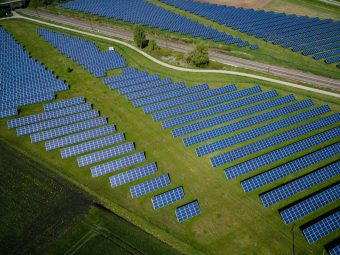
Although there was an increase in energy-related CO2 emissions in 2023, due to the large droughts that damaged hydropower plants, it was still a smaller increase compared to 2022. Smaller growth of global CO2 emissions has been achieved thanks to the expansion of clean technologies, such as solar and wind energy despite the demand for energy growing rapidly.
More precisely, emissions increased by 410 million tonnes in 2023, while in 2022, that increase amounted to 490 million tonnes. The 2023 increase was affected by severe droughts in China, the United States and other important economies.
Data from the International Energy Agency (IEA) show that these emissions in the last five years would have been three times higher if clean technologies had not been included.
For the first time last year, renewable and nuclear energy generated more than half of the total electricity in developed economies. From 2019 to 2023, clean energy saw double the growth of fossil fuels.
More:
- HOW WILL BARCELONA FUND THE INSTALLATION OF SOLAR PANELS ON SCHOOLS?
- CROATIAN ENERGY MIX – RENEWABLE SOURCES EXCEED NON-RENEWABLES AND NPP KRSKO
- SERBIA HAS GOOD PREDISPOSITIONS FOR THE USE OF SOLAR ENERGY
It should be emphasized that, in addition to solar and wind energy, electric vehicles played a significant role in reducing the rise of emissions in 2023. Globally, electric vehicles accounted for one in five new car sales.
What remains a necessity is to further encourage the development of clean technology and electric vehicles in emerging and developing economies. Specifically, advanced economies and China contributed to about 90 percent of new wind and solar power plants and 95 percent of electric vehicle sales, as stated on the IEA website.
Energy portal



